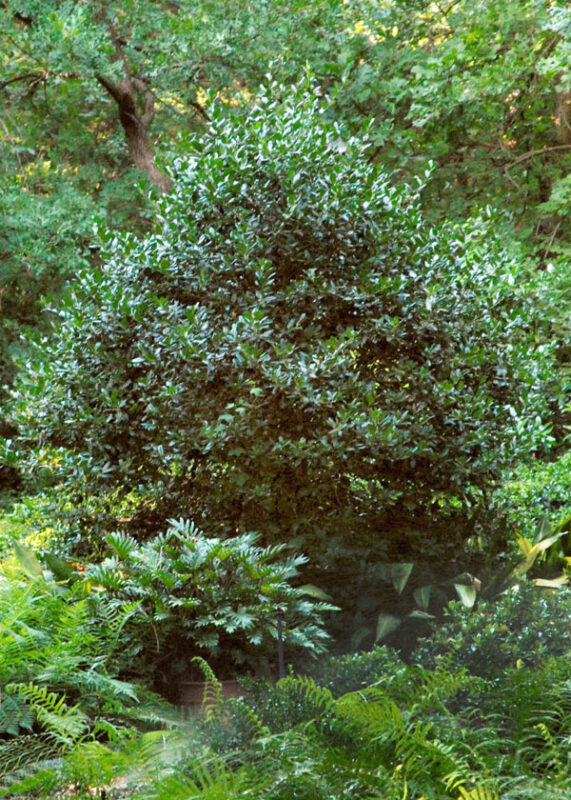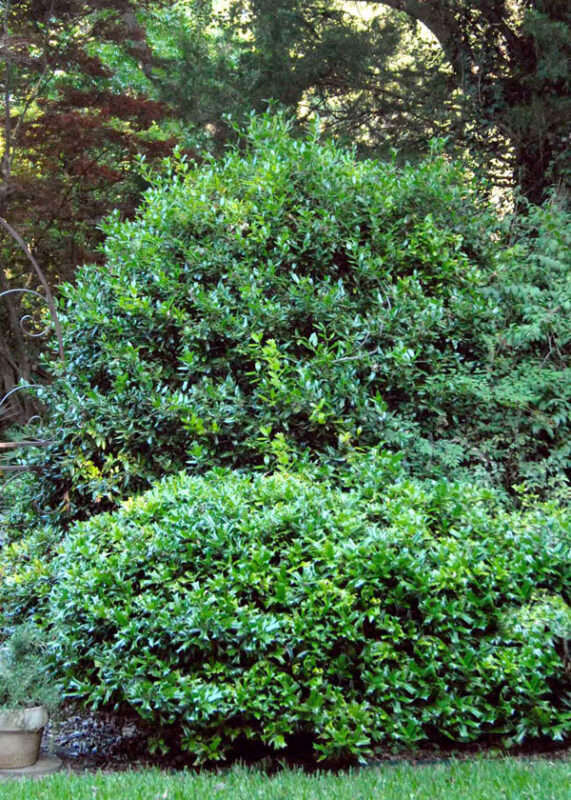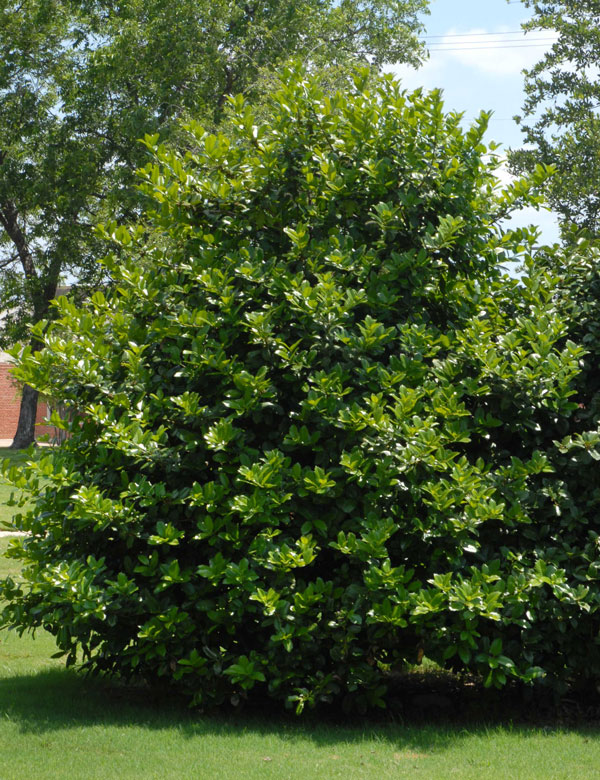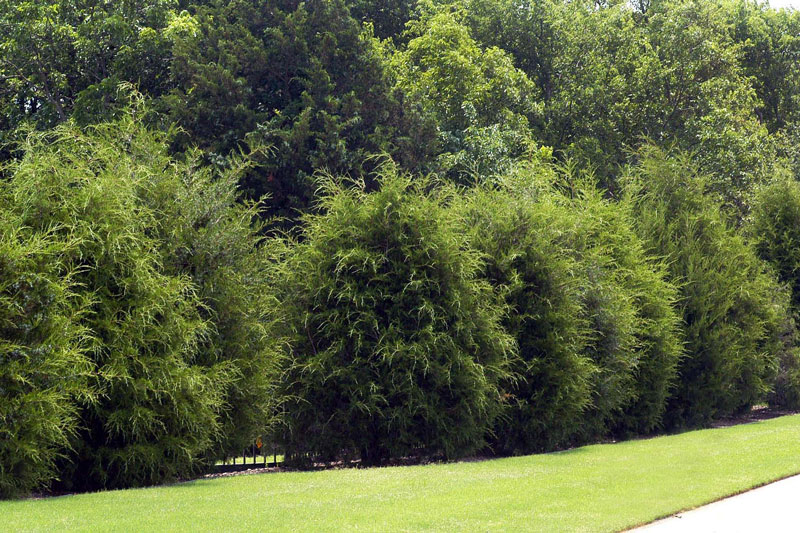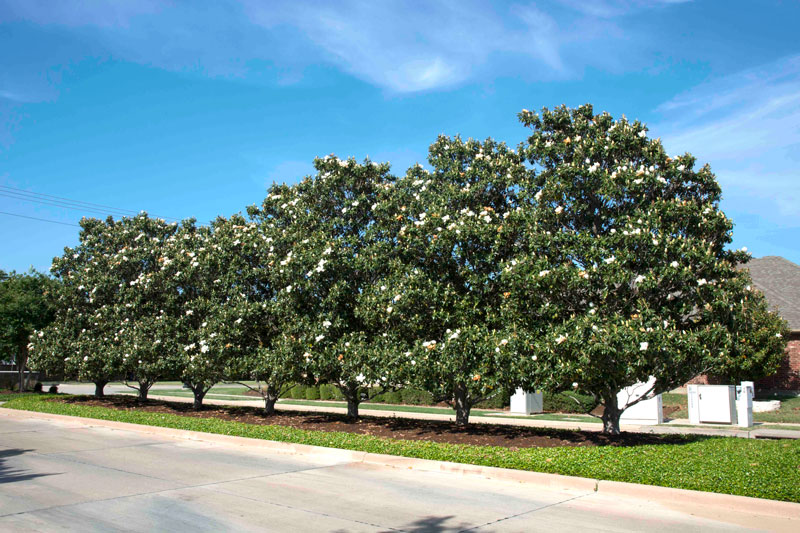What plant is best for screening?
Start by determining the height of plant that you’ll need. One easy way is to mark off a piece of PVC water pipe in 1-ft. increments, then have someone stand where you’ll be planting your screen. You’ll be able to see how tall the plants will need to grow based on your visual sighting, then you can let your nursery professional guide you.
Width of the plants is also a consideration because tall plants are often wide plants at their bases. If you need a tall screen, you may have to be prepared to give up a good bit of ground space.
For average city lots…
• Nellie R. Stevens hollies. These are my go-to privacy plants. They’re good in sun or shade. They grow to be 12 to 16 ft. tall and 10 to 12 ft. wide, although larger specimens are often seen when they’re left unpruned. They are suited to all of Texas. They have showy large red berries all winter.
• Willowleaf hollies (also known as Needlepoint hollies). These are similar to Nellie R. Stevens hollies, only somewhat smaller. They bear fruit reliably, and they’re well suited to sun or shade. Their mature height is 10 or 12 ft. if not sheared. They, too, grow well in all of Texas.
• Oakland hollies. If you need something slightly more upright and with a denser habit, this could be your choice. They’re slower growing, and their leaves are larger and bolder textured. They’re well adapted across all of Texas. Mature height is 12 to 15 ft. and width is 8 to 10 ft.
For larger landscapes…
• Eastern redcedar juniper. This is the native redcedar from the eastern half of the state. Planted in full sun and on staggered 18- to 22-ft. centers it can make a very natural looking screen. It’s tolerant of droughts once established, and other than needing a rare treatment for bagworms in early summer it has no serious pest problems.
• Little Gem southern magnolia. This dwarf form of our native southern tree is half-sized in all respects. It makes a lovely screen when planted on 18-ft. centers. It’s comparatively slow growing, so start with larger specimens and keep them well watered.
Types to avoid…
Several other plants catch people’s eyes, but they’re very poor choices and should be passed over.
• Golden bamboo is perhaps the most invasive plant in all of Texas. It’s an extremely rare day when you find someone who is happy they chose this terrible plant. Some states have even outlawed it entirely.
• Redtip photinias are highly susceptible to the fatal Entomosporium fungal leaf spot. Why plant something that’s going to die just as it starts to perform its needed function?
• Japanese ligustrum reseeds itself all over the neighborhood. It and its sister, Amur River privet are, in my opinion, the most invasive shrubs in Texas landscaping.
• Columnar junipers are subject to Phomopsis twig canker and dieback. Oh, how I wish I could recommend Spartan juniper here, but I lost my two to disease. Don’t go there.
• Italian cypress and Leyland cypress fall victim to Seiridium canker, a fatal disease. As with other problems above, it will end up breaking your heart.

